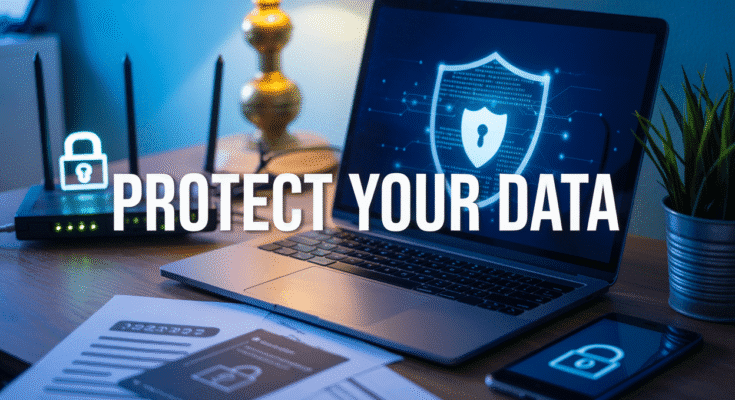Your personal data is under attack every day, from hackers and cybercriminals. How to Protect Your Data doesn’t require a tech degree or expensive software—just smart habits. This guide shows everyday users, remote workers, and small business owners how to secure passwords, lock down home networks, back up important files, avoid phishing emails, and monitor digital privacy. Follow these practical strategies to stop being an easy target and take control of your data safety.
1. Use Strong Password to Protect Your Data
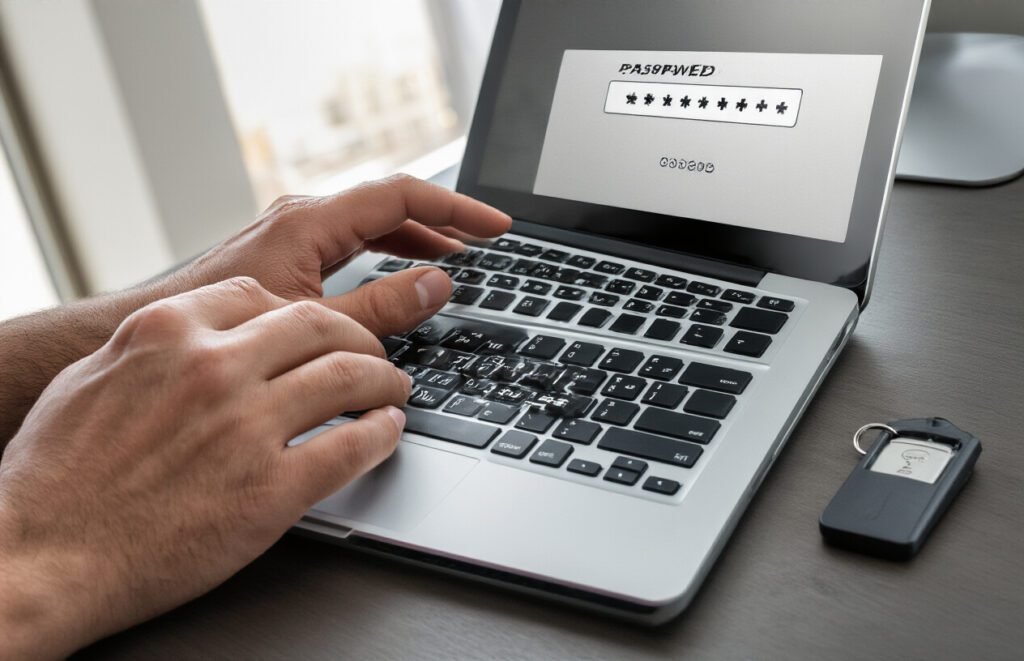
Create Strong, Secure Passwords
Use a mix of uppercase, lowercase, numbers, and special characters (@, #, $, %) to make passwords unpredictable. Passphrases like “Coffee@Sunrise2024!” are stronger than simple ones like “Password123.” Aim for at least 12–16 characters.
Also read: NIST Password Guidelines
Use Unique Passwords for Every Account
Reusing passwords risks a domino effect if one is breached. Every account, from banking to streaming, should have its own unique password.
Enable Two-Factor Authentication (2FA)
2FA adds an extra security layer. Options include SMS codes, authenticator apps, hardware keys, or biometrics. Prioritize email, banking, and social media accounts.
Use a Password Manager
Password managers generate and store complex, unique passwords. Top options: Bitwarden, 1Password, LastPass. They encrypt your data, sync across devices, and provide security audits. One master password protects all accounts.
2. Secure Your Home Network infrastructure
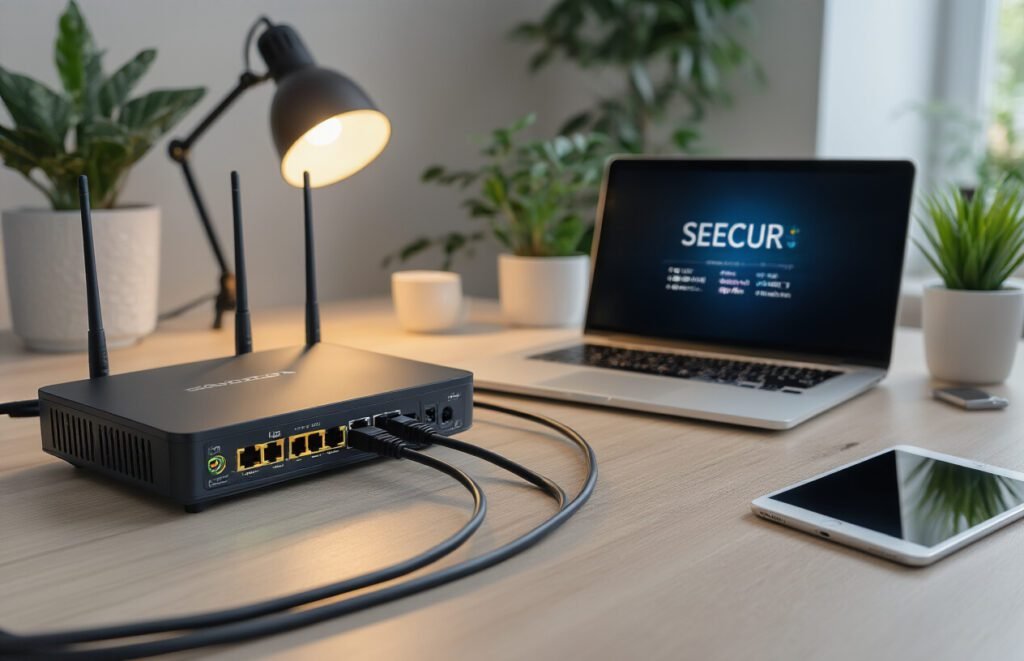
Change Default Router Passwords Immediately
Default router credentials are easy targets for hackers. Log into your router’s admin panel (usually 192.168.1.1 or 192.168.0.1) and set a unique, strong password—at least 12 characters with letters, numbers, and symbols. Change the default username if possible and store credentials in a secure password manager.
Enable WPA3 Encryption
WPA3 is the latest and most secure wireless encryption standard. Use WPA3 if available; otherwise, WPA2 is acceptable. Avoid WEP or open networks. Create a strong Wi-Fi password, different from your router admin password, with 15–20 mixed characters.
Hide Your Network Name (SSID)
Hiding your SSID reduces your network’s visibility to casual hackers. Access your router settings and enable “Hide SSID” or “Disable SSID Broadcast.” Remember to store your network name and password securely for new devices.
3. Keep Software and Systems Updated
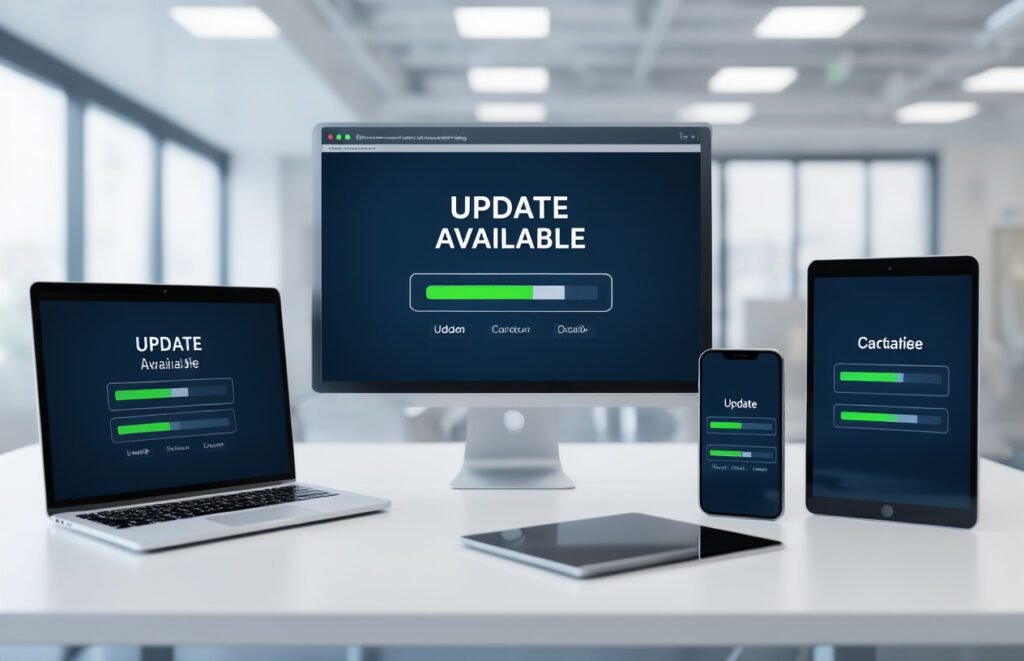
Enable Automatic Updates for Operating Systems
Your operating system is the foundation of your device’s cybersecurity. Setting up automatic updates ensures your system receives critical security patches for Windows, macOS, or Linux without delay, keeping your data safe from emerging threats.
Regularly Update Applications and Browsers
Outdated browsers and apps are prime targets for cybercriminals. Enable automatic updates in Chrome, Firefox, Safari, Edge, and other software like PDF readers and media players.
Install Security Patches Promptly
Apply critical patches within 24 hours. Monitor vendor advisories and prioritize high-severity updates to protect against active threats.
Remove Outdated Software
Unused or unsupported software can create security gaps. Uninstall legacy programs, plugins, and extensions, and replace them with actively supported alternatives to minimize risk, following guidance from Kaspersky.
4. Smart Email and Web Browsing
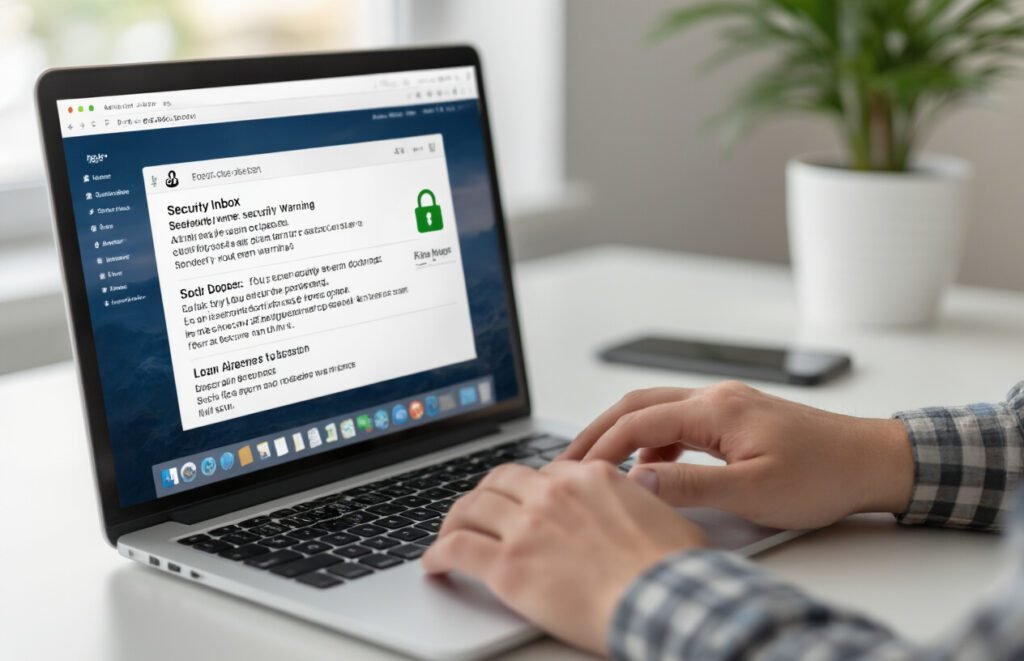
Identify and Avoid Phishing Emails
Phishing emails are a major threat to personal data, often pretending to be banks, social media, or trusted services. Watch for urgent language, generic greetings, suspicious sender addresses, and requests for personal info. Common tactics include fake password resets, account suspension warnings, prize notifications, and suspicious attachments. Always verify links by hovering over them and contact the organization directly if unsure.
Verify Website Security
Before entering personal data, check for HTTPS, correct URLs, professional design, and credible privacy policies. Stick to well-known retailers and payment processors, and research unknown sites thoroughly before making purchases.
Use Secure Browsers and Privacy Extensions
Modern browsers (Firefox, Chrome, Safari) offer built-in protections. Enhance security with extensions like uBlock Origin, Privacy Badger, DuckDuckGo Privacy Essentials, ClearURLs, and Decentraleyes. Enable private browsing, block third-party cookies, and keep browsers updated.
Resources:
- Kaspersky Security Awareness
- Cybersecurity & Infrastructure Security Agency (CISA)
- National Institute of Standards and Technology (NIST)
- Norton Cybersecurity Guidance
5. Data Backup Solutions

3-2-1 Backup Rule: A Robust Data Protection Strategy
The 3-2-1 backup rule is a widely recommended data protection strategy:
- Three Copies of Data: Maintain one primary copy and two backups.
- Two Different Media Types: Store backups on different media (e.g., external hard drives, cloud storage).
- One Off-Site Copy: Keep at least one backup in a geographically separate location.
This approach safeguards against various risks, including hardware failure, cyberattacks, and natural disasters.
Cloud Storage with End-to-End Encryption
Opt for cloud storage services that offer end-to-end encryption to ensure data privacy. Services like Proton Drive and NordLocker provide zero-knowledge encryption, meaning only you can access your files. For a comparison of top encrypted cloud storage options, see PrivacyTools.io.
Regular Backup Testing
Regularly test your backup recovery process to ensure data integrity and accessibility. Monthly testing is recommended to identify potential issues before a disaster occurs. For best practices, refer to Agile IT’s Guide on Testing Backup Recovery.
Off-Site Backup Storage
Store physical backup media in secure, off-site locations to protect against local disasters. Options include secure document storage services or trusted family members’ homes. For more information, see Zmanda’s Guide on Offsite Backups.
6. Monitor Your Digital Footprint continously to protect your data

Check Credit Reports for Unauthorized Activity
Regularly checking your credit reports helps detect identity theft, fraudulent accounts, and suspicious inquiries early. Use free reports from Experian, Equifax, and TransUnion, and space them out to maintain year-round credit monitoring. Look for accounts you didn’t open, incorrect personal information, or unusual hard inquiries.
Set Up Account Alerts for Suspicious Behavior
Enable bank alerts, credit card notifications, and security alerts for email and online shopping accounts. Set notifications for unusual transactions, logins from new devices, password changes, and failed login attempts. Using a dedicated email for security alerts ensures you don’t miss critical warnings.
Review Privacy Settings on Social Media
Perform regular social media privacy audits to protect personal information. Limit profile visibility, restrict post audiences, disable location tracking, and remove unnecessary third-party app access. Avoid sharing sensitive personal data like full birthdates, hometowns, or family details publicly.
7. Develop Incident Response and data Recovery Plans

Create Step-by-Step Breach Response Procedures
Having a clear cybersecurity incident response plan ensures quick recovery during a breach. Start with immediate containment by disconnecting affected devices and assessing which accounts or data are compromised. Document everything with timestamps and screenshots. Change passwords for critical accounts like banking, email, and cloud storage, and enable two-factor authentication. Contact banks, credit card companies, and report stolen information to law enforcement and the FTC. Use a checklist format and review it quarterly.
Maintain Updated Contact Lists
Keep a list of fraud hotlines, bank contacts, and insurance providers in multiple locations. Include both domestic and international numbers, and update the list whenever accounts or institutions change. Mobile apps with fraud reporting features should also be noted.
Document All Personal Accounts and Security Measures
Create an inventory of all online accounts, noting security measures, shared passwords, recovery emails, and connected devices. Store this securely and update it monthly.
Practice Recovery Scenarios
Run quarterly drills simulating account compromises, phishing incidents, or device theft. Test backups, password recovery, and account access from multiple devices to ensure your data protection strategies are effective under pressure.
conclusion
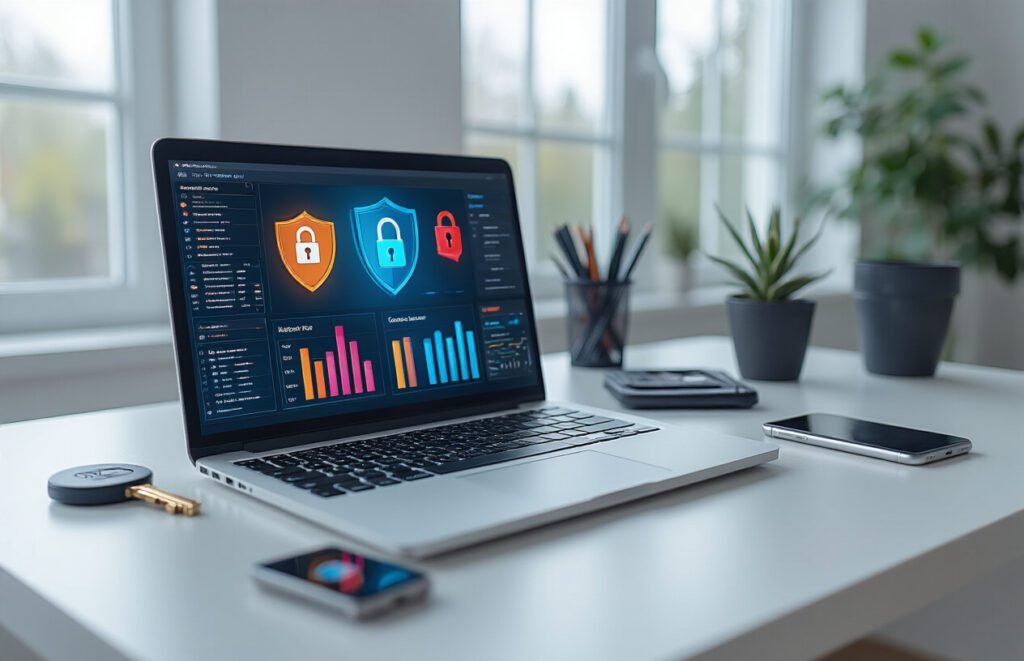
Having a clear breach response plan is essential for quick recovery from cybersecurity incidents. Start by containing affected devices, assessing compromised accounts, and documenting everything. Update passwords for critical accounts and enable two-factor authentication. Maintain updated contact lists for banks, credit cards, and insurance providers, and create a secure inventory of all personal accounts with their security measures. Practice recovery scenarios quarterly, testing backups, password recovery, and account access to ensure your data protection strategies remain effective.
References:
- Cybersecurity & Infrastructure Security Agency (CISA)
- National Institute of Standards and Technology (NIST)
- Federal Trade Commission (FTC)
